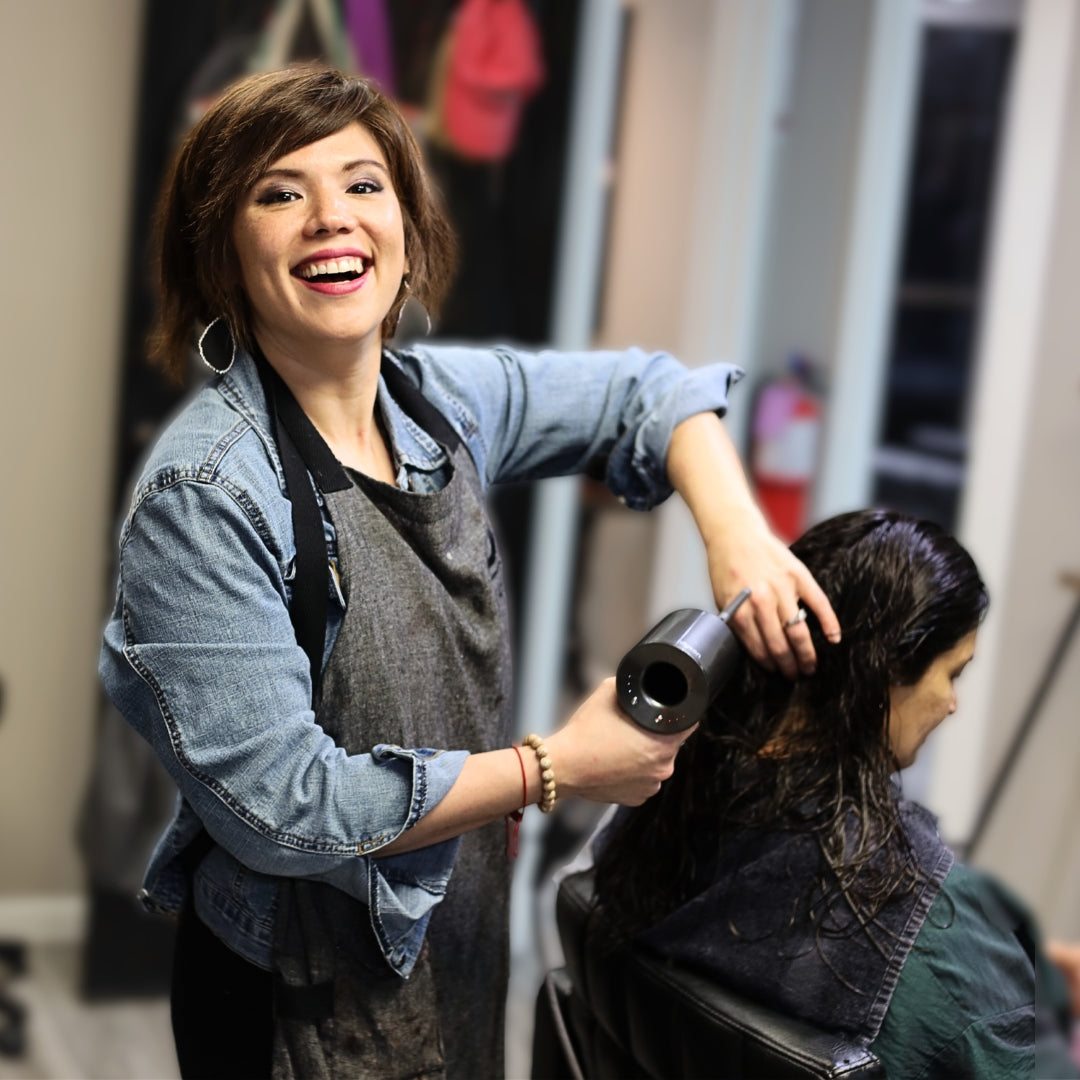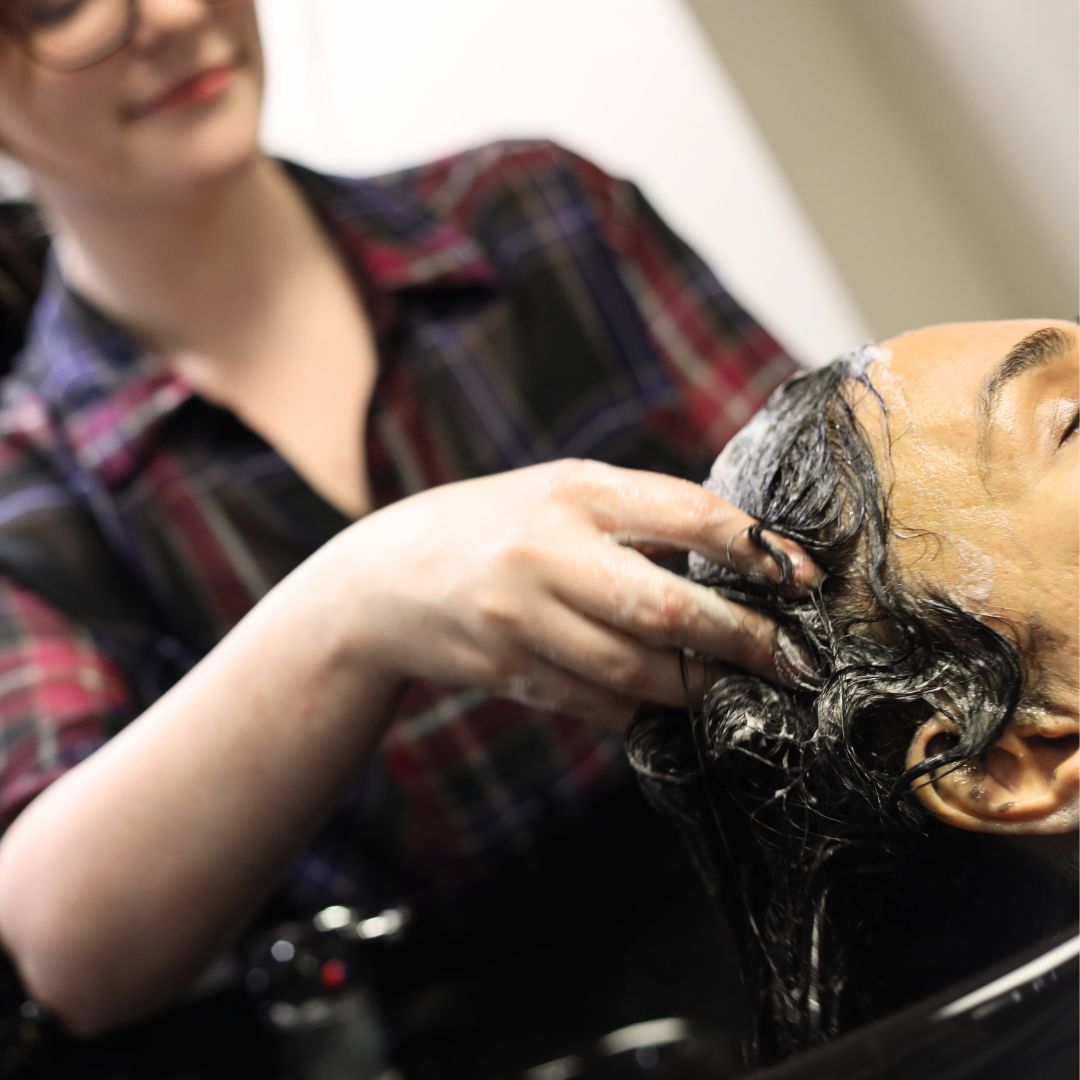Split Ends: The Hidden Damage to Your Hair Explained

Ah, split ends! The bane of every hair lover's existence. These pesky little nuisances can turn even the most luscious locks into a frizzy mess. But wait, there's more to split ends than meets the eye. They're not just a cosmetic issue; they can have an impact on the overall health of your hair. So, let's dive into the world of split ends and uncover the hidden damage they're causing to your precious tresses.
In this hair-raising journey, we'll explore what split ends really are and why they pop up uninvited. We'll also look at the common culprits behind these hair spoilers and how they affect your hair's health. But don't worry, it's not all doom and gloom! We'll share some nifty tricks to prevent split ends and treat them when they do appear. From hair oils to leave-in conditioners, and from hair masks to proper hair brushing techniques, we've got you covered. Get ready to show your hair some love and bid farewell to those pesky split ends!
What Are Split Ends?
Split ends, scientifically known as trichoptilosis, are more than just a cosmetic nuisance. They're a silent cry for attention from our beloved locks, signaling distress within our strands. These pesky little troublemakers occur when the protective cuticle layer of the hair is worn away or damaged, exposing the inner core. This leads to the formation of frayed or split ends, weakening the hair strand's integrity and causing it to look lackluster, dry, and lifeless.
Definition of split ends

Split ends happen when the oldest and most fragile part of the hair, typically at the ends, becomes frayed or splits into two or more sections. This fraying occurs due to various factors, including excessive heat styling, chemical treatments, harsh brushing, and exposure to environmental stressors. The result? Hair that feels rough, straw-like, and prone to tangling.
Types of split ends
Split ends come in various forms, each indicating a different level of damage (photo above):
- Double Split: The most common type, resembling a Y-shape at the hair's tip.
- Partial Split: Similar to a double split but on a smaller scale, often difficult to spot.
- Tree Split: Multiple splits along the strand, resembling tree branches.
- Fork Split: A three-pronged split, indicating severe dehydration.
- The Taper Split: A thinning and tapering at the end of the hair.
- The Incomplete Split: Causes of inner splits can include excessive heat styling, chemical treatments, or physical damage like rough brushing.
How to identify split ends
Spotting split ends is crucial for maintaining healthy hair. Here's how to identify them:
- Examine hair tips closely for Y or V shapes.
- Run fingers through hair to feel for rough or jagged areas.
- Look for frayed or ragged ends.
- Notice increased tangling or difficulty in styling.
- Observe overall dullness and frizziness in hair appearance.
Remember, split ends don't discriminate! They can happen to anyone, regardless of age, gender, or hair type. So, keep an eye out for these signs and give your hair the TLC it deserves!
Common Causes of Split Ends
Heat Styling
Oh boy, those hot tools we love so much? They're not exactly hair's best friends! Heat styling tools like blow dryers, straighteners, and curling irons can wreak havoc on our precious locks. When we crank up the heat, it opens up the hair's cuticle, letting all that good moisture escape. It's like leaving the door open on a cold day – brr! Even worse, high temperatures can mess with the hair's keratin structure, making it weaker. Think of it like ironing a delicate silk shirt over and over – not a good idea!
Chemical Treatments
Chemical treatments might give us the hair of our dreams, but they're not doing our strands any favors. Bleaching, perming, and chemical straightening can break down the hair's protective cuticle, leaving it vulnerable to damage. It's like stripping away the armor from a knight – not very protective! These harsh chemicals can also disrupt the hair's natural bonds, leading to dryness, brittleness, and a serious case of the frizzies.
But not to worry! Here at Ippodaro, we use products for “chemical treatments” with gentle ingredients and essential oils. They actually repair your hair during the chemical processes, ensuring it stays safe and healthy!
Environmental Factors
Mother Nature can be a bit of a troublemaker when it comes to our hair. Sun exposure, wind, and salty water can all contribute to split ends. It's like our hair is on a wild adventure, battling the elements! Cold, dry air can lift the hair's cuticle, making it harder to retain moisture. And let's not forget about humidity – hello, frizz city! Even pollution can be a party pooper, affecting our hair's proteins and moisture retention.
Mechanical Damage
Believe it or not, our everyday hair habits can cause some serious damage. Aggressive brushing, especially when hair is wet, can lead to breakage and split ends. It's like trying to untangle a delicate necklace with a sledgehammer – not the best approach! Tight hairstyles and poor-quality hair ties can also cause tension and friction, leading to damage. Even our sleeping habits can be culprits – tossing and turning on rough pillowcases can cause mechanical stress on our hair.
The Impact of Split Ends on Hair Health
Split ends have an impact on more than just the appearance of hair. They can cause a revolution in the overall health and vitality of one's locks. Let's dive into the nitty-gritty of how these pesky little troublemakers affect our precious tresses.
Weakening of hair structure
Split ends have an influence on the integrity of hair strands. When the protective cuticle layer wears away, it exposes the inner cortex, making the hair more vulnerable to damage. This weakening can lead to further splitting and breakage, creating a vicious cycle. It's like a domino effect - once one split end forms, it can travel up the hair shaft, causing more damage along the way.
Hindered hair growth
While split ends don't directly slow down hair growth, they can give the illusion of stunted growth. As the hair breaks off due to split ends, it may appear that the hair isn't getting longer. In reality, the hair is still growing from the root, but the constant breakage at the ends prevents it from gaining length. It's like taking two steps forward and one step back!
Appearance and texture changes
Split ends have a significant impact on the look and feel of hair. They can cause hair to appear frizzy, dry, and lackluster. The texture becomes rough and straw-like, making it difficult to style and manage. It's like trying to tame a wild beast! Additionally, split ends can lead to increased tangling and knotting, making hair more prone to breakage during brushing or styling.
Prevention and Treatment Strategies
Regular trimming
 Say goodbye to those pesky split ends! The secret weapon? Regular trims! Hair care experts swear by this simple yet effective technique. By snipping off those frayed ends every 6-8 weeks, you're not just changing your look – you're boosting your hair's health! It's like giving your locks a fresh start, preventing further damage and keeping those flyaways at bay. For those rocking longer locks, this is especially crucial. Remember, long hair needs extra TLC!
Say goodbye to those pesky split ends! The secret weapon? Regular trims! Hair care experts swear by this simple yet effective technique. By snipping off those frayed ends every 6-8 weeks, you're not just changing your look – you're boosting your hair's health! It's like giving your locks a fresh start, preventing further damage and keeping those flyaways at bay. For those rocking longer locks, this is especially crucial. Remember, long hair needs extra TLC!
Did you know that we have a deal for customers that routinely come in for cuts every every 4 weeks or less? Not only will you save money, but you will ALSO receive some serious perks! Learn more about this under the Loyalty Program here.
Proper hair care routine
Let's talk about your hair care routine – it's time to shake things up! First things first, ditch the harsh shampoos that strip your hair of its natural oils. Instead, opt for moisturizing products that'll keep your strands hydrated and happy. And here's a pro tip: don't overdo the washing! Stick to 1-3 times a week, depending on your hair type. When it comes to styling, turn down the heat! Those hot tools might give you instant glam, but they're not doing your hair any favors. Always use a heat protectant before styling, and try to embrace your natural texture when you can!
Note that heat protectant can be a serum, oil, leave-in conditioner, or styling crème. However, I find many are too heavy for the hair. To clear up misconceptions, stick with one product as a heat barrier. For highlighted hair, keep your heat setting at 375°F. Blow-dry first, then use a flat or curling iron on the mid-shaft to ends to minimize direct heat. A round brush and blow-dryer are key for gentle, long-lasting styling.
Protective styling
Time to wrap your head around protective styles! These nifty hairdos are your hair's best friend, keeping those delicate ends tucked away and safe from harm. Think updos, braids, or buns – anything that keeps your hair off your shoulders and out of harm's way. But here's the catch: don't keep these styles in for too long. Two weeks max, folks! And when you do style, be gentle. No tight ponytails or harsh brushing – your edges will thank you!
Nourishing treatments
Let's feed those hungry strands! Nourishing treatments are like a feast for your hair. Deep conditioning masks, hair oils, and leave-in conditioners are your new best friends. Look for ingredients like coconut oil, honey, or keratin – they're like superfoods for your locks! Apply these treatments regularly, and watch your hair transform from dull and brittle to shiny and strong. And here's a fun DIY tip: try whipping up a hair mask with honey and olive oil. It's a sweet treat your hair will love!
For chemical services, I recommend asking your hair healer to add the Hmilk No Stress Treatment. Doing so will protect and moisturize your hair during bleaching, color removal, or technical treatments. It keeps hair soft and well-hydrated. The coolest part is that this treatment can be done while getting any chemical service. It is really good to give extra enhancement to your hair combined with any of our chemical services
Conclusion
So now, you know a lot more about the cause of split ends, what to look for, how they actually affect your hair, and how to help combat the ongoing battle! Your hair healers here at Ippodaro are always here to answer your questions! Give us a call, send us an email, or even schedule a consultation. You’re never alone in your quest for incredible hair!



